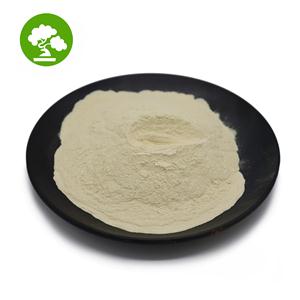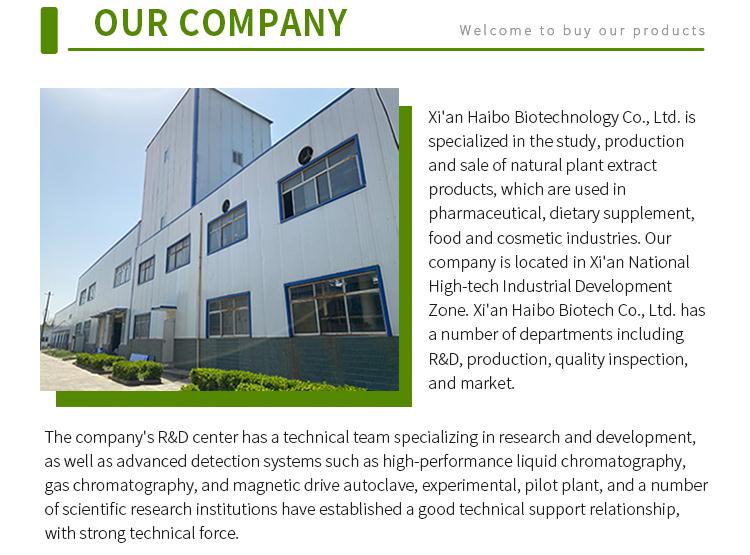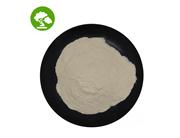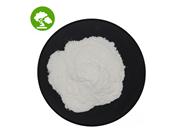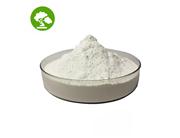In recent years, it has been found that mTOR, a target protein of rapamycin, is an intracellular kinase, and its abnormal conduction pathway can induce a variety of diseases. As a targeted inhibitor of mTOR, rapamycin can treat tumors closely related to this pathway, including kidney cancer, lymphoma, lung cancer, liver cancer, breast cancer, neuroendocrine cancer and stomach cancer. In particular, the treatment of LAM (lymphangiomyomatosis) and TSC (tuberous sclerosis), two rare diseases, LAM and TSC can also be considered as oncologic diseases to some extent.
Side effect
Rapamycin (RAPA) has similar side effects to FK506. In a large number of clinical trials, the side effects of RAPA were found to be dose-dependent and reversible. Therapeutic doses of RAPA have not been found to have significant renal toxicity and no gingival hyperplasia. Major side effects include: headache, nausea, dizziness, nose bleeding, joint pain. Laboratory abnormalities include: thrombocytopenia, leukopenia, decreased hemoglobin, hypertriglyceridemia, hypercholesterolemia, hyperglycemia, elevated liver enzymes (SGOT, SGPT), elevated lactate dehydrogenase, hypokalemia, hypomagnesemia, etc. It has recently been reported that RAPA can produce eyelid puffiness, and the reason for the low plasma phosphate levels is thought to be that RAPA based immunosuppressive therapy prolongs the excretion of phosphate from the transplanted kidney. As with other immunosuppressants, RAPA has an increased chance of infection, with a particular tendency to increase pneumonia reported, but the occurrence of other opportunistic infections is not significantly different from that of CsA.
Storage Condition | Keep in a cool and dry place |
Transportation | By Sea or by Air(DHL/UPS/TNT/FEDEX/EMS) |
Delivery Time | 7-28 days |
Payment | T/T, Western Union or Bitcoin |


 China
China
